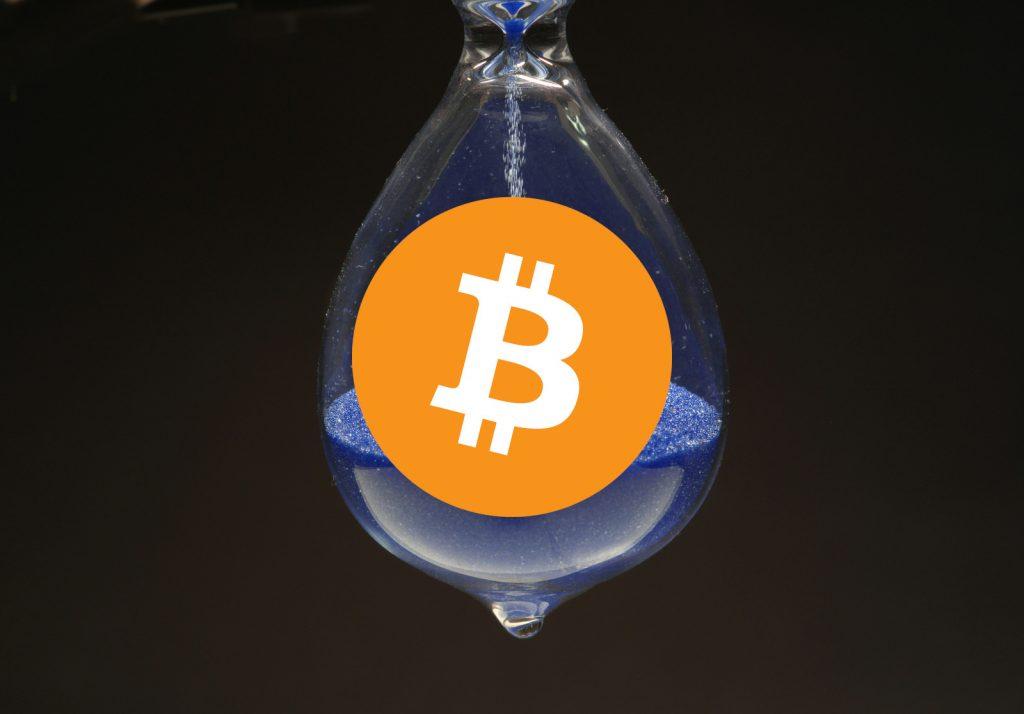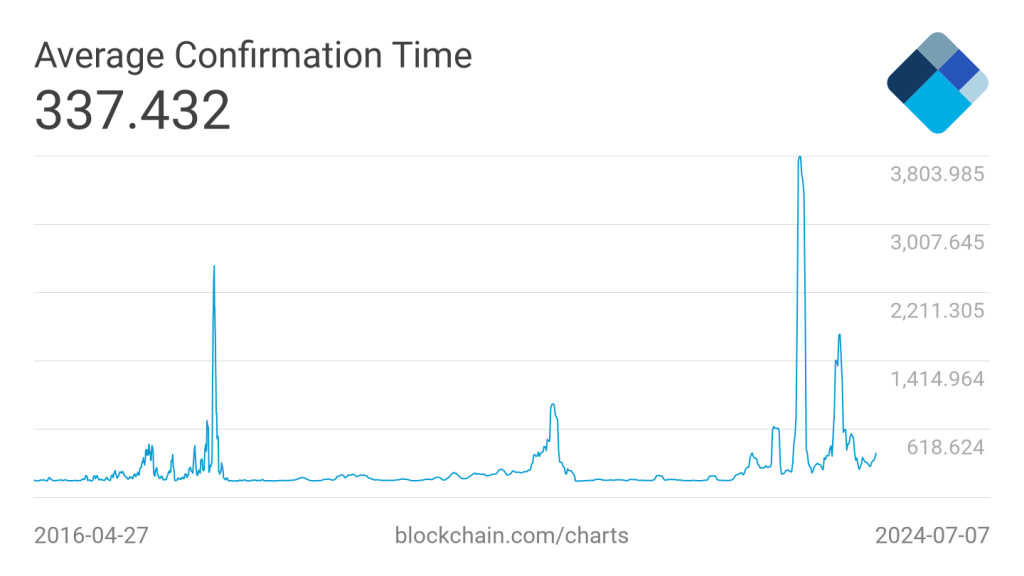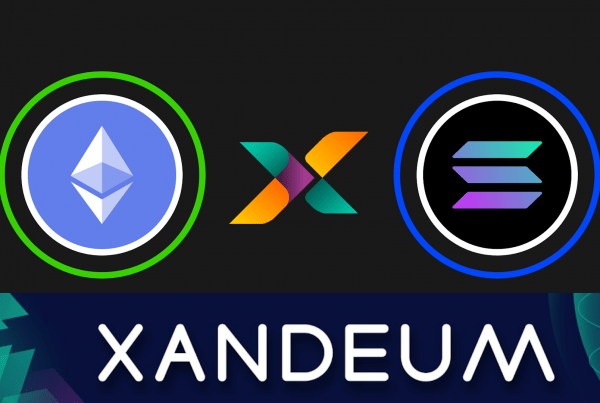
If you’ve transacted with modern digital wallets such as PayPal or Cash App, you’re probably used to your online transactions completing almost instantly. Meanwhile, Bitcoin transactions can take significantly longer to confirm, which can be tedious and confusing for new users.
In this article, we explain how long Bitcoin takes to send and explain the different factors that can influence the speed of Bitcoin transactions.
How long does Bitcoin take to send?
On average, Bitcoin takes roughly 10 minutes to send. However, the time it takes for a Bitcoin transaction to complete can vary significantly, especially when there is a lot of traffic on the Bitcoin network.

It’s important to understand there are many factors that can influence Bitcoin transaction times:
- Network congestion: If there is a significant amount of traffic on the Bitcoin network and a large number of pending transactions, it might take longer for your transaction to be included into a block.
- Transaction fee: Bitcoin miners prioritize transactions that have higher transaction fees attached to them. If you paid a relatively small fee for your transaction, it might take longer for it to be included into a block. If you want to have your transaction processed faster, your Bitcoin wallet should include an option to pay a higher fee.
- Block times: Although Bitcoin is designed to have a 10-minute block time, the actual amount of time it takes to add a new block to the blockchain is influenced by randomness and the combined amount of processing power of Bitcoin miners at any given point in time.
Another factor that can influence the amount of time it takes to send Bitcoin is the amount of confirmations required by the recipient of your transactions.
Bitcoin transaction confirmations
The Bitcoin protocol targets a 10-minute block time. This means that on average, a new block with a fresh batch of transactions should be added to the Bitcoin blockchain approximately every 10 minutes.
The exact time it takes to add a new block to the Bitcoin blockchain is influenced by the mining difficulty. This is a parameter in the Bitcoin blockchain that regulates how difficult it is for miners to add a new block to the Bitcoin blockchain.
The Bitcoin mining difficulty is automatically adjusted roughly every two weeks. If blocks are being added too quickly, the difficulty is raised. Conversely, the difficulty is lowered if blocks are being added too slowly.
In normal conditions, you should expect your transaction to be added into a block in roughly 10 minutes.
When your transaction is included into a block for the first time, we say that it has one confirmation.
When we’re talking about “confirmations” in the context of Bitcoin, we’re referring to the number of blocks that have been added to the Bitcoin blockchain since a transaction was first included in a block.
For example, let’s say you made a Bitcoin transaction that was first included in block #850,000. Here’s how the number of confirmations would grow as new blocks are added to the Bitcoin blockchain:
| Block height | Confirmations |
| 850,000 | 1 |
| 850,001 | 2 |
| 850,002 | 3 |
| 850,003 | 4 |
| 850,004 | 5 |
| 850,005 | 6 |
The amount of confirmations required before a Bitcoin transaction is considered final depends on the recipient. For example, some cryptocurrency exchanges only require one confirmation before they credit your Bitcoin deposit, while others might require three or more confirmations.
Previously, the standard for considering a Bitcoin transaction final was six confirmations, but there has been a strong trend towards requiring a smaller number of confirmations.
The Bitcoin mempool and unconfirmed transactions
An unconfirmed transaction is one that has been initiated but has not yet been recorded on the blockchain. In cryptocurrencies like Bitcoin, these transactions exist in the blockchain’s memory pool, often referred to as the “mempool.”
We can think of the mempool as a waiting room for transactions. A transaction stays in the mempool until a miner picks it up and adds it to the blockchain.
Miners and validators usually give priority to transactions with higher fees, aiming to earn the most reward for adding a new block to the blockchain.
If there are many transactions in the mempool and you paid a lower transaction fee, your transaction might stay unconfirmed for a while because miners and validators will choose higher-fee transactions first.
When the number of transactions in the mempool decreases enough that a miner can include your transaction without missing out on higher fees, your transaction will be added to the next block.
The bottom line
Bitcoin’s design prioritizes security and censorship-resistance over convenience, and this is unlikely to change in the near future – we can expect Bitcoin transactions to continue being fairly slow compared to other digital payment methods.
If you find Bitcoin transactions to be too expensive or slow, you can use the Lightning Network layer 2 solution, which offers much faster and cheaper BTC transactions.
Another option is to simply use an alternative cryptocurrency. There are cryptocurrencies on the market today that settle transactions in just a few seconds with just a fraction of a cent in transaction fees. To learn more about these highly efficient cryptocurrencies, take a look at our list of the cheapest crypto to transfer.



